Battery Terminals (Lead, Copper, Brass)
A battery terminal is known as an electrical contact point that connects a battery to a load or charger, serving as the interface between the battery and an external circuit. Battery terminals come in two types: 1st is positive, and 2nd is negative, which facilitate the flow of current. The design and size of battery terminals can vary depending on the type of battery. Generally, terminals are made from lead or lead alloys to enhance strength and resist corrosion, although other metals such as copper or brass may be used in certain applications. Each Metal has its own characteristics. These terminals ensure a secure electrical connection between the battery and the circuit. We provide a wide range of Standard and High-Quality battery terminals in various metric and imperial sizes. Our broad range of terminals are manufactured to deliver optimum performance, quality and value.

Battery Terminals
Types of Battery Terminals:
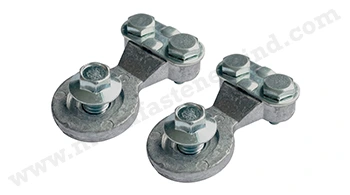
Post Battery Terminals
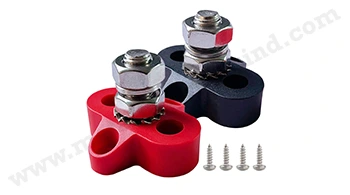
Stud Battery Terminals
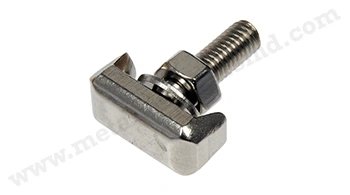
Bolt-on Battery Terminals

L-Type Battery Terminals
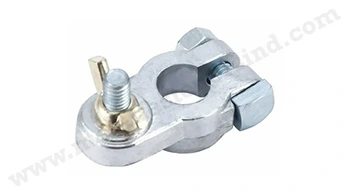
Marine Battery Terminals
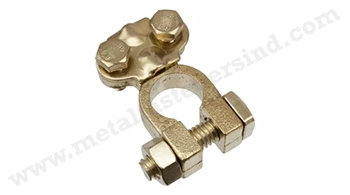
Universal Battery Terminals
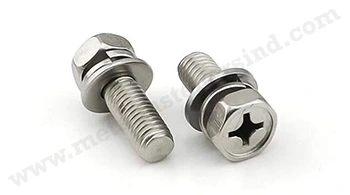
Screw Battery Terminals
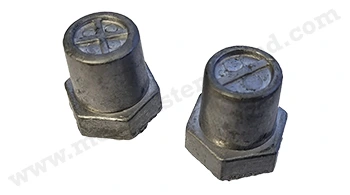
DIN Battery Terminals
Materials:
- Copper
- Brass (Copper-Zinc Alloy)
- Tin Plated Copper
- Aluminum
- Stainless Steel
- Zinc
- Nickel-Plated Materials
Characteristics of battery terminals:
- Copper battery terminals deliver the highest electrical conductivity, offer excellent strength, and can be easily soldered or crimped with the appropriate tools.
- Lead battery terminals are made from a lead alloy that includes antimony, which provides the terminal with increased tensile strength and hardness.
- Lead top post battery terminals are highly malleable and known for excellent conductivity.
- Lead terminals have minimal corrosion over time, because of their composition of lead-antimony alloy.
- Brass battery terminals are ideal for use in corrosive environments, such as marine electrical systems, due to their resistance to corrosion and durability.
- Typically made from corrosion-resistant materials like brass, copper, or lead.
- Includes stud-type, lug, and push-on terminals to suit application needs.
- Often feature protective covers to prevent short circuits and accidental contact.
- Designed for quick installation and removal, simplifying battery servicing.
Industrial purpose and use of battery terminals:
- Automotive and Heavy Machinery: Used in vehicles, trucks, and industrial machinery for starting engines, powering lights, and operating control systems. Designed to handle high currents needed for ignition and auxiliary functions.
- Renewable Energy Systems: Connect batteries in solar and wind power installations, ensuring reliable energy storage and distribution.
- Telecommunications: Provide dependable connections for backup battery systems in telecom towers and data centers, ensuring uninterrupted power supply.
- Uninterruptible Power Supplies (UPS):Facilitate power transfer in critical systems like hospitals, server rooms, and industrial equipment during outages.
- Marine and Aerospace: Designed to endure extreme conditions in ships and aircraft, powering navigation, communication, and control systems.
- Electric Vehicles (EVs): Connect battery packs to the drive system and auxiliary circuits, optimizing energy usage for propulsion and on-board electronics.